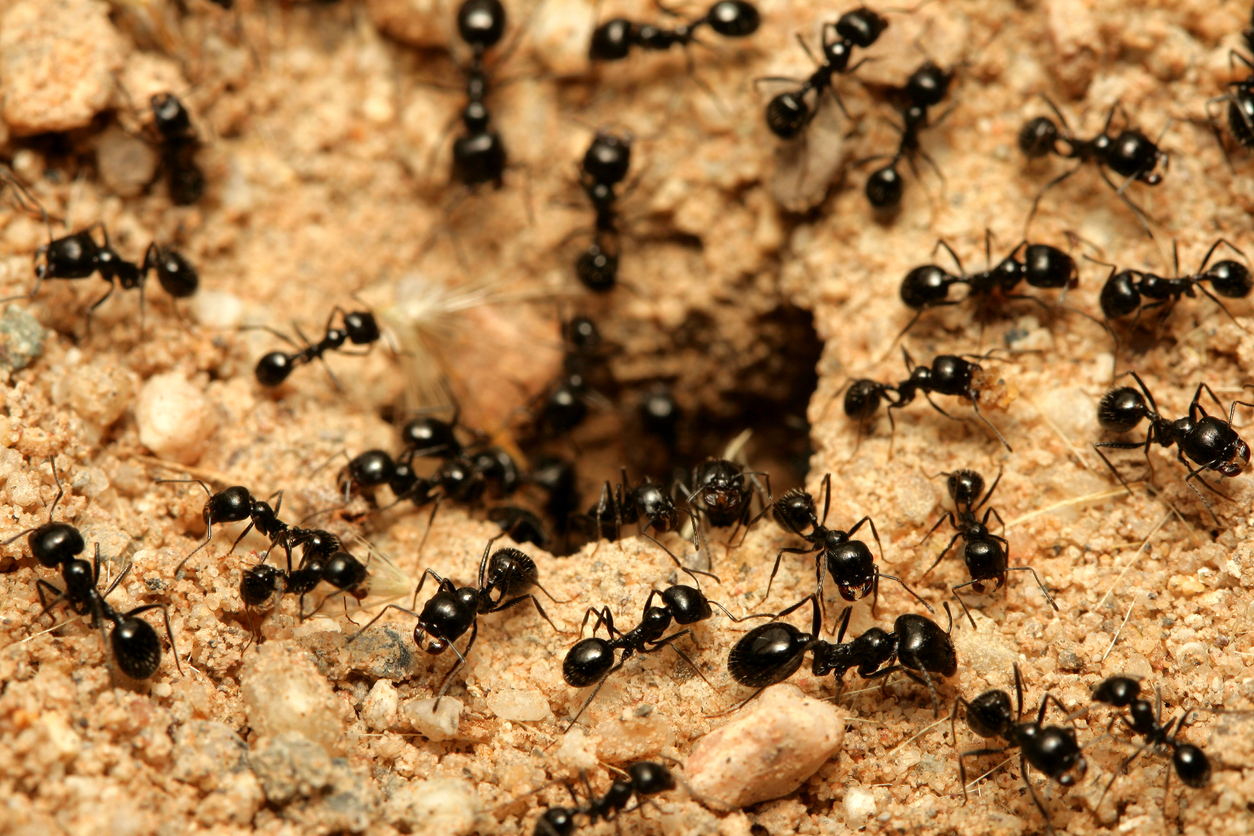Ant Colony Optimization (ACO)¶
A module for the Ant Colony Optimization with parallel computing support and continuous optimization ability.
Original paper: Socha, K., & Dorigo, M. (2008). Ant colony optimization for continuous domains. European journal of operational research, 185(3), 1155-1173.

What can you use?¶
Multi processing: ✔️
Discrete spaces: ❌
Continuous spaces: ✔️
Mixed Discrete/Continuous spaces: ❌
Parameters¶
-
class
neorl.evolu.aco.ACO(mode, fit, bounds, nants=40, narchive=10, Q=0.5, Z=1.0, ncores=1, seed=None)[source]¶ Ant Colony Optimization
- Parameters
mode – (str) problem type, either “min” for minimization problem or “max” for maximization
bounds – (dict) input parameter type and lower/upper bounds in dictionary form. Example:
bounds={'x1': ['int', 1, 4], 'x2': ['float', 0.1, 0.8], 'x3': ['float', 2.2, 6.2]}fit – (function) the fitness function
nants – (int) number of total ants
narchive – (int) size of archive of best ants (recommended
narchive < nants)Q – (float) diversification/intensification factor (see Notes below)
Z – (float) deviation-distance ratio or pheromone evaporation rate, high Z leads to slow convergence (see Notes below).
ncores – (int) number of parallel processors
seed – (int) random seed for sampling
-
evolute(ngen, x0=None, verbose=False)[source]¶ This function evolutes the ACO algorithm for number of generations
- Parameters
ngen – (int) number of generations to evolute
x0 – (list of lists) the initial individuals of the population
verbose – (bool) print statistics to screen
- Returns
(tuple) (best individual, best fitness, and list of fitness history)
Example¶
from neorl import ACO
import random
#Define the fitness function
def FIT(individual):
"""Sphere test objective function.
F(x) = sum_{i=1}^d xi^2
d=1,2,3,...
Range: [-100,100]
Minima: 0
"""
y=sum(x**2 for x in individual)
return y
#Setup the parameter space (d=5)
nx=5
BOUNDS={}
for i in range(1,nx+1):
BOUNDS['x'+str(i)]=['float', -100, 100]
nants=40
x0=[[random.uniform(-100,100)]*nx for item in range(nants)]
acor = ACO(mode='min', fit=FIT, bounds=BOUNDS, nants=nants, narchive=10,
Q=0.5, Z=1, ncores=1, seed=1)
x_best, y_best, acor_hist=acor.evolute(ngen=100, x0=x0, verbose=1)
Notes¶
ACO is inspired from the cooperative behavior and food search of ants. Several ants cooperatively search for food in different directions in an attempt to find the global optima (richest food source).
For ACO, the archive of best ants is
narchive, where it must be less than the population sizenants.The factor
Qcontrols the rate of exploration/exploitation of ACO. WhenQis small, the best-ranked solutions are strongly preferred next (more exploitation), and whenQis large, the probability of all solutions become more uniform (more exploration).The factor
Zis the pheromone evaporation rate, which controls search behavior. AsZincreases, the search becomes less biased towards the points of the search space that have been already explored, which are kept in the archive. In general, the higher the value ofZ, the lower the convergence speed of ACO.ncoresargument evaluates the fitness of all ants in parallel after the position update. Therefore, setncores <= nantsfor most optimal resource allocation.Look for an optimal balance between
nantsandngen, it is recommended to minimize the number ofnantsto allow for more updates and more generations.Total number of cost evaluations for ACO is
nants*ngen.